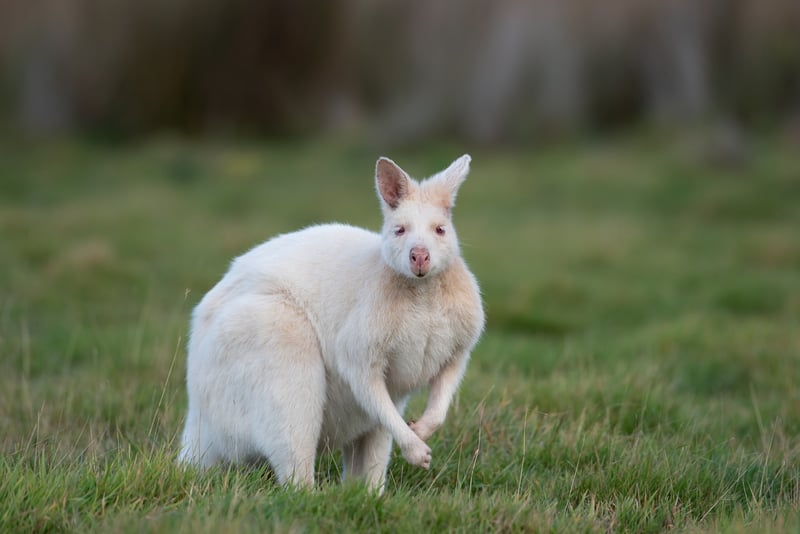Texture Variation
Enhance Your Vertical Garden's Aesthetics with Texture Variation

Vertical gardens are a fantastic way to bring greenery into urban spaces, but they can sometimes lack visual interest. Adding texture variation to your vertical garden is a simple yet effective way to enhance its aesthetics and create a more dynamic and engaging space.
Why Texture Variation Matters
Texture refers to the surface quality of plants and how they interact with light and shadow. By incorporating a mix of different textures in your vertical garden, you can create a more visually appealing and harmonious display.
How to Incorporate Texture Variation
- Use Different Plant Types: Mix plants with varying leaf shapes and sizes to create contrast.
- Combine Smooth and Rough Surfaces: Pair plants with smooth leaves with those that have a more textured surface.
- Include Cascading Plants: Plants that trail or cascade down the vertical surface add a sense of movement and dimension.
- Integrate Hardscape Elements: Incorporate materials like wood, metal, or stone to add visual interest and texture.
Benefits of Texture Variation
- Enhances visual appeal
- Creates a more dynamic and interesting space
- Provides habitat diversity for beneficial insects
- Encourages a sense of exploration and discovery
By incorporating texture variation into your vertical garden, you can transform it into a stunning living work of art that will delight both you and your visitors.
Remember, when selecting plants for your vertical garden, consider not only their color and size but also their texture to create a more visually engaging and harmonious display.
